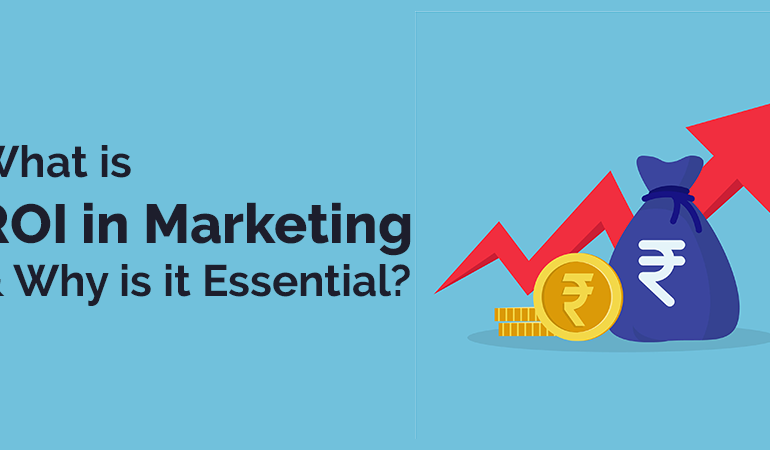Understanding Marketing ROI: Why It’s Essential for Success

“`html
What is Marketing ROI?
Introduction
Marketing Return on Investment (ROI) is a metric that measures the financial return generated from marketing efforts. It quantifies how much revenue your company generates for every dollar spent on marketing.
Understanding Marketing ROI
ROI is calculated by comparing the revenue generated from marketing activities to the cost incurred in achieving those results. A high ROI indicates that your marketing investments are effective, while a low ROI suggests areas where you can improve your return on investment.
Why is Marketing ROI Important?
Calculating Marketing ROI helps businesses make informed decisions about their marketing strategies. By understanding the financial impact of each marketing channel, companies can allocate resources more efficiently and maximize their return on investment.
Types of Marketing ROI Calculations
1. Cost Ratio Calculation
The cost ratio measures how much revenue is generated for every dollar spent on marketing. For example, a cost ratio of 5:1 means that $5 in revenue is generated for every $1 invested in marketing.
2. Direct and Indirect Revenue Attribution
Marketers often use both direct and indirect attribution methods to determine which marketing channels contribute most significantly to revenue generation. Direct attribution assigns all revenue from a sale to the last marketing touchpoint, while indirect attribution spreads the revenue contribution across multiple touchpoints.
Challenges in Calculating Marketing ROI
1. attributing Causation
Determining which marketing activities directly cause increases in sales or revenue can be challenging, especially when multiple channels are involved.
2. Customer Lifetime Value (CLV)
Customer lifetime value is a key metric that helps businesses understand the total value of their customers over their entire relationship with the company. CLV provides insight into how much revenue can be generated from existing customers and helps guide marketing strategies.
Calculating Customer Lifetime Value
To calculate CLV, you need to know your customer acquisition cost (CAC) and average order value (AOV). For example, if it costs $15 to acquire a new customer and the average order value is $50 with a 50% repeat purchase rate, the CLV would be:
$50 / (1 - 0.5) = $100Key Takeaways
Understanding Marketing ROI is essential for evaluating the effectiveness of marketing campaigns and optimizing resource allocation. By calculating CLV and using attribution models, businesses can make data-driven decisions to improve their return on investment.
Conclusion
In conclusion, Marketing ROI is a critical metric for measuring the success of marketing efforts. By calculating revenue/bookings, CPA ratio, sales cycle days, engagement duration, and CLV, businesses can gain valuable insights into their marketing performance and make informed decisions to drive growth.
“`



